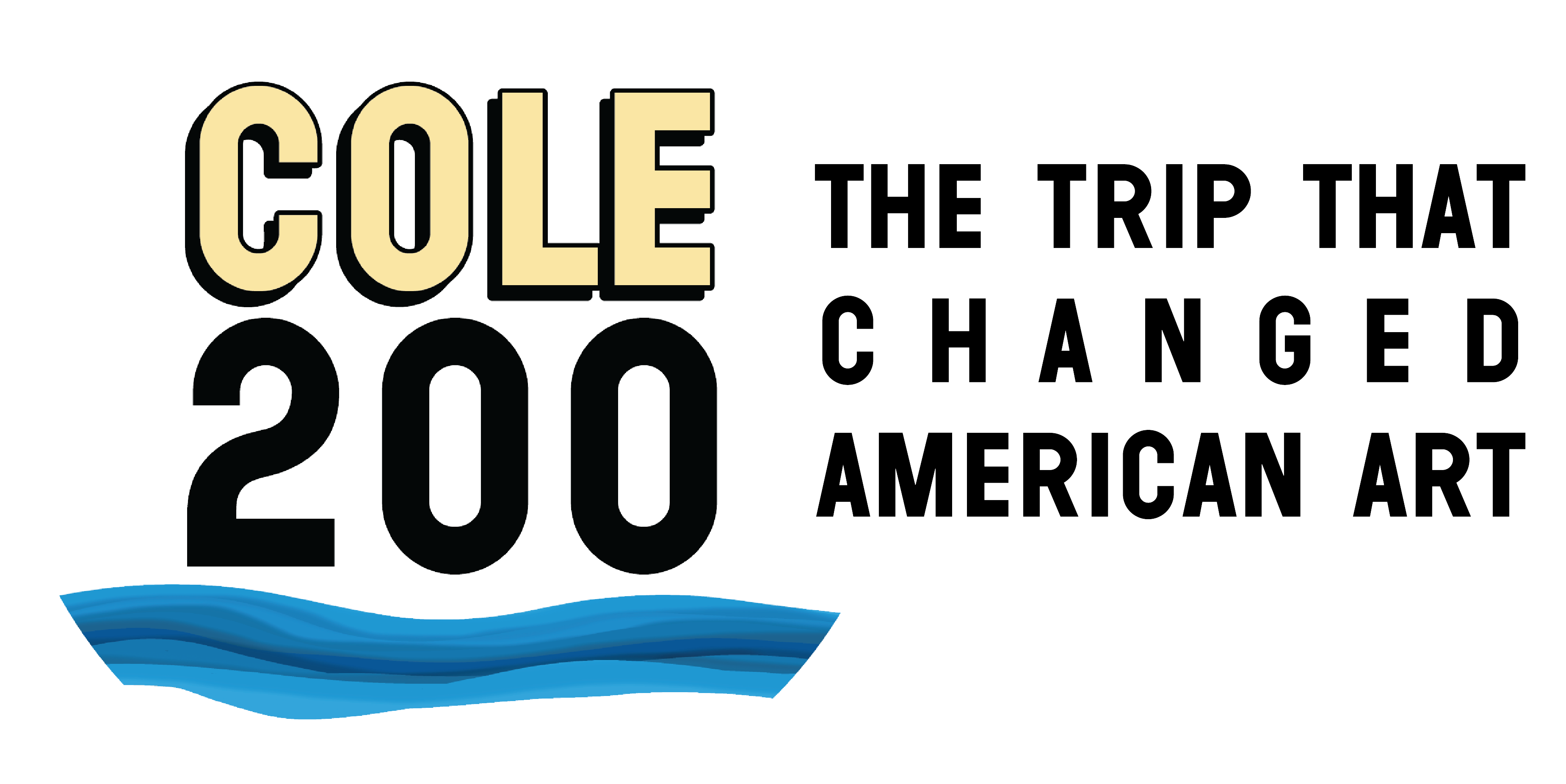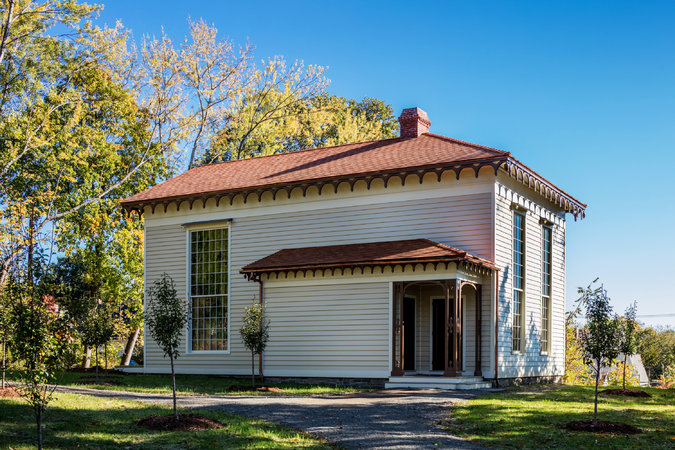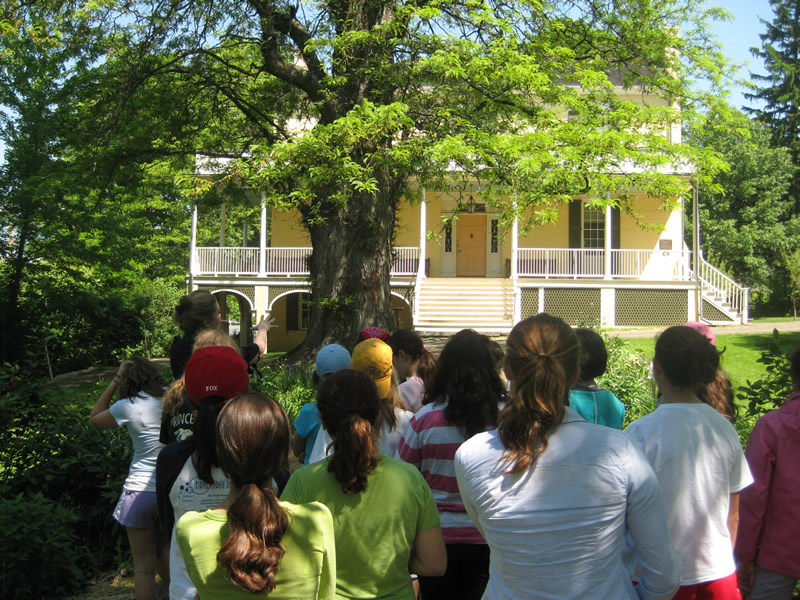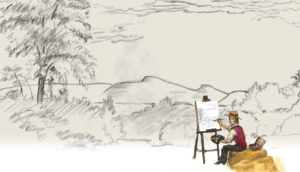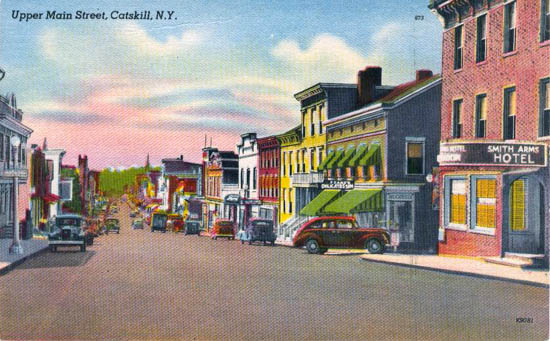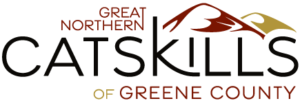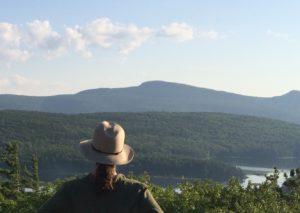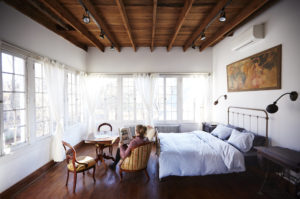Baigell, Matthew.Thomas Cole. New York: Watson-Guptill Publications, 1981.
Cole, Thomas.The Correspondence Of Thomas Cole and Daniel Wadsworth:Letters in the Watkinson Library, Trinity College, Hartford and New York State Library, Albany N.Y.Edited by J. Bard McNulty. Hartford, Connecticut: Connecticut Historical Society, 1983.
Cole, Thomas.Thomas Cole’s Poetry:The Collected Poems Of America’s Foremost Painter of the Hudson River School Reflecting His Feelings for Nature and the Romantic Spirit of the Nineteenth Century.Compiled and edited by Marshall B. Tymn. York, Pennsylvania: Liberty Cap Books, 1972.
Cole, Thomas.The Collected Essays and Prose Sketches. Edited By Marshall Tymn. St. Paul, Minnesota: The John Colet Press, 1980.
Flexner, James Thomas.History of American Painting: That Wilder Image, the Native School from Thomas Cole to Winslow Homer.Boston: Little, Brown, 1962; New York: Dover Publications, 1970, 1988.
Foshay, Ella M. and Novak, Barbara.Intimate Friends: Thomas Cole, Asher B. Durand, and William Cullen Bryant.New York: The New York Historical Society, 2000; North Country Books, 2001.
Kelly, Franklin.Frederic Edwin Church and the National Landscape. Washington, D.C.: National Gallery of Art, Smithsonian Institution Press, 1988
Myers, Kenneth.The Catskills: Painters, Writers, and Tourists in the Mountains, 1820-1895.Yonkers, New York: Hudson River Museum of Westchester, 1987, 1988. Distributed by University Press of New England, Hanover.
Myers, Kenneth.“On the Cultural Construction of Landscape Experience: Contact to 1830.” From American Iconology.Edited by David C. Miller. New Haven, Connecticut: Yale University Press, 1993.
Noble, Louis Legrand.The Life and Works of Thomas Cole.Edited by Elliot S. Vesell. Hensonville, New York: Black Dome Press, 1997 (reprint).
Parry, Ellwood C., III.The Art of Thomas Cole: Ambition and Imagination.Newark, Delaware: University of Delaware Press, 1988.
Powell, Earl A.Thomas Cole.New York: Harry N. Abrams, 1990, 2000.
Robinson, Christine T.Thomas Cole: Drawn to Nature. With essays by John Stilgoe, Ellwood C. Parry III, and Francis F. Dunwell. Albany, New York: Albany Institute of History and Art, 1993.
Schuyler, David.The New Urban Landscape: The Redefinition of City Form in Nineteenth-Century America.Baltimore: Johns Hopkins University Press, 1986, 1988.
Sweeney, J. Gray.“’Endued with Rare Genius:’ Frederic Edwin Church’s To the Memory of Cole.” American Art, Winter 1988. Vol. 2, No. 1.
Toole, Robert M. “‘Quiet Harbor’: Thomas Cole’s Cedar Grove”, The Hudson River Valley Review (Marist, Vol. 27, No. 1, Autumn 2010)
Truettner, William H. and Wallach, Alan (editors). Thomas Cole: Landscape into History. New Haven, Connecticut: Yale University Press; Washington, D.C.: National Museum of American Art, Smithsonian Institution, 1994.
Wallach, Alan. “Thomas Cole and the Aristocracy.” From Reading American Art. Edited by Marianne Dozema, Elizabeth Milroy, and Marianne Doezema. New Haven, Connecticut: Yale University Press, 1998, pp. 79-108.
A selection of books can be purchased through our online Museum Shop.
